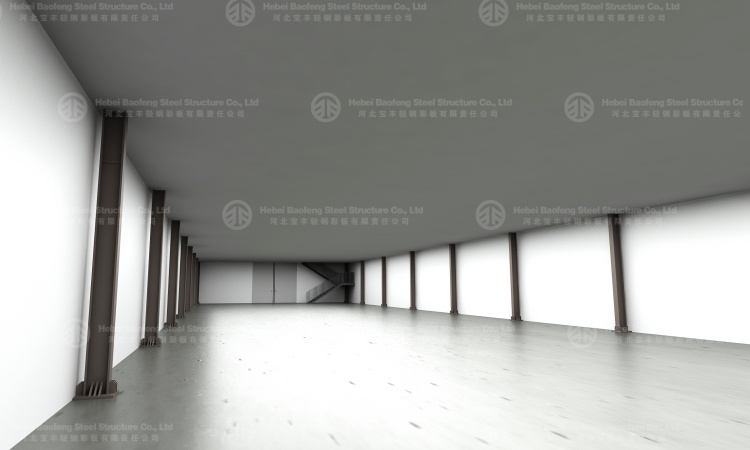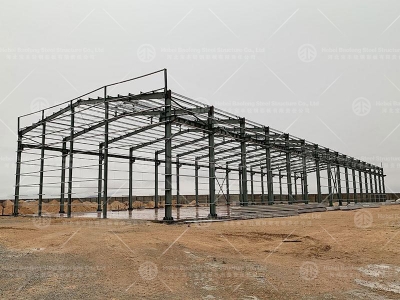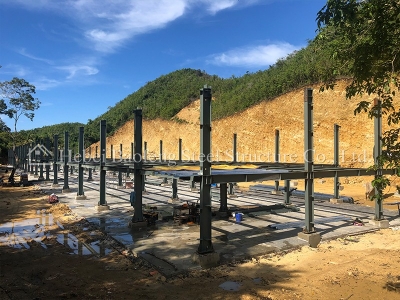Accident prevention in steel structures requires attention to safety at all stages—design, construction, and maintenance. Here are key measures to reduce risks:

1. Design Safety
- Load Calculations: Ensure accurate load calculations, including dead, live, wind, and seismic loads.
- Material Quality: Use high-quality, standard-compliant steel and protective coatings to prevent corrosion.
- Safety Margins: Design with safety factors to accommodate uncertainties in material strength and loads.
2. Construction Safety
- Site Safety Plan: Implement a safety plan covering emergency procedures and equipment safety.
- Training and PPE: Provide thorough training and enforce the use of PPE (helmets, gloves, harnesses).
- Equipment Inspections: Regularly check cranes, lifts, and tools for safe operation.
3. Fall Protection
- Guardrails and Nets: Install safety guardrails and nets in high-risk areas.
- Harnesses: Ensure the use of personal fall arrest systems (PFAS) for workers at heights.
4. Maintenance and Inspections
- Regular Checks: Perform regular structural inspections to identify issues like corrosion or damage.
- Preventive Maintenance: Address potential hazards through scheduled maintenance.
5. Emergency Preparedness
- Emergency Plans: Develop clear response plans and train workers in first aid and evacuation procedures.
These measures help ensure a safer work environment and maintain the long-term stability of steel structures.


 Filipino
Filipino























 +8615720226351
+8615720226351
